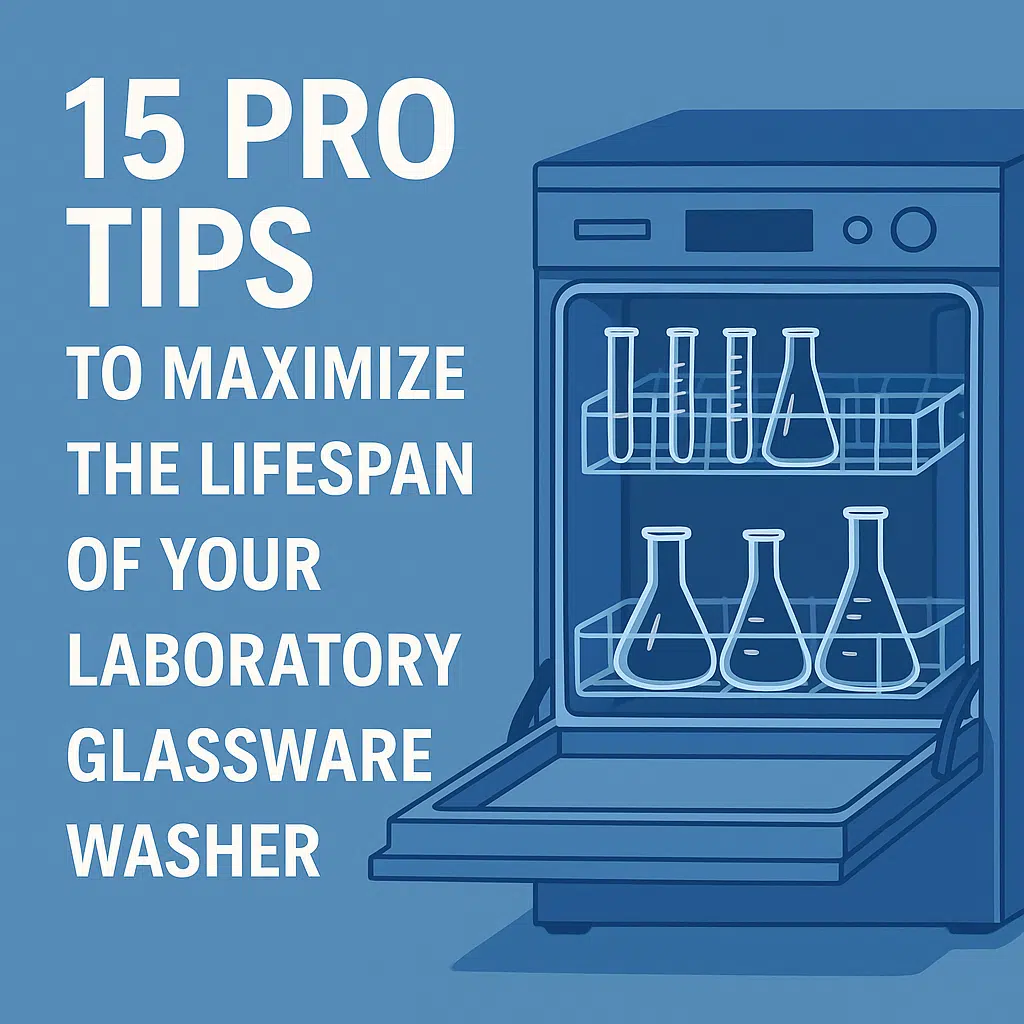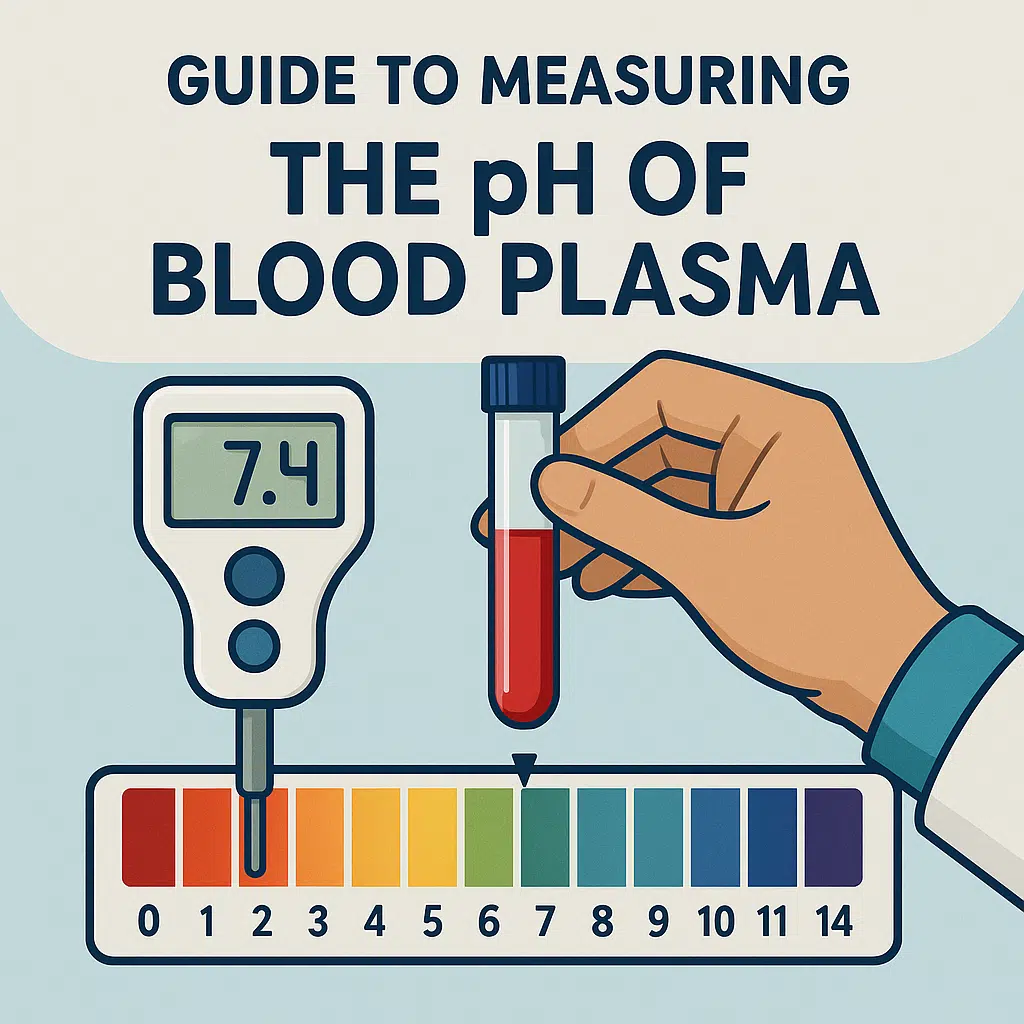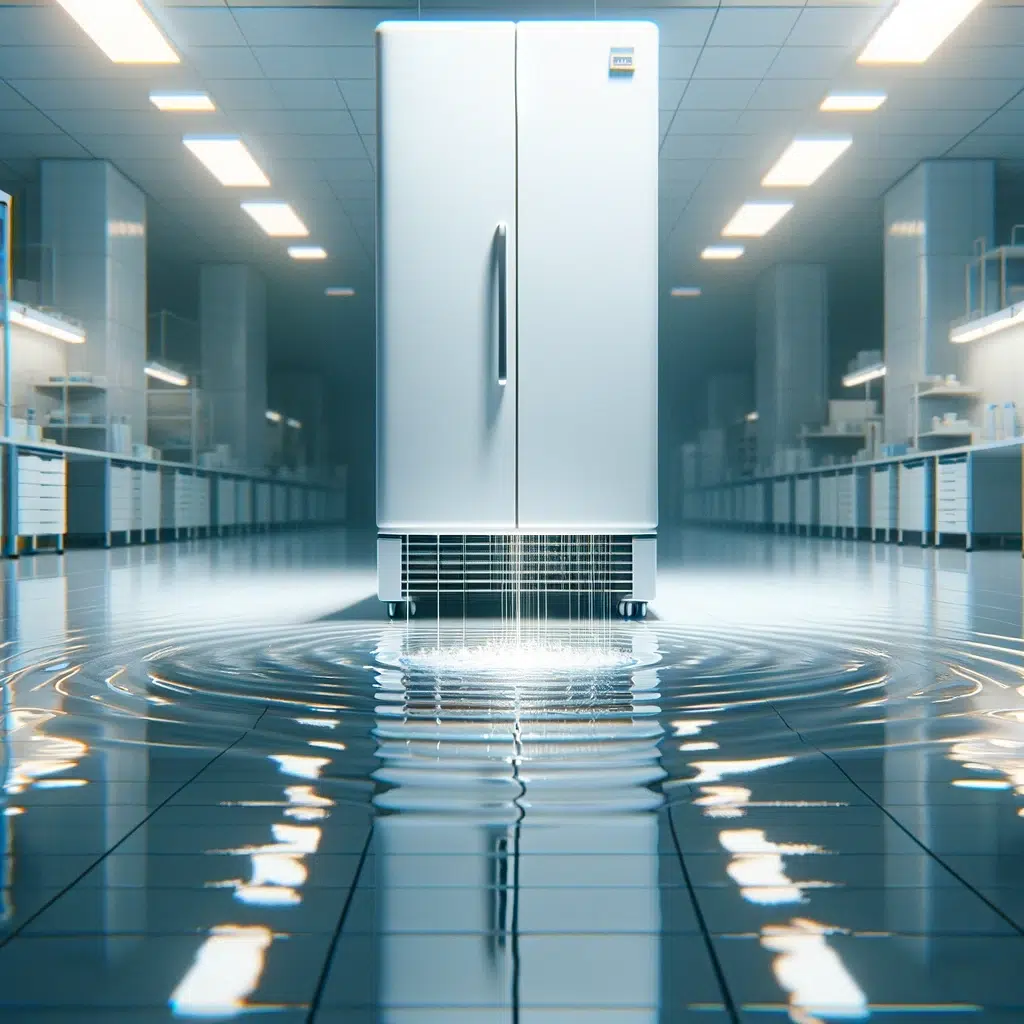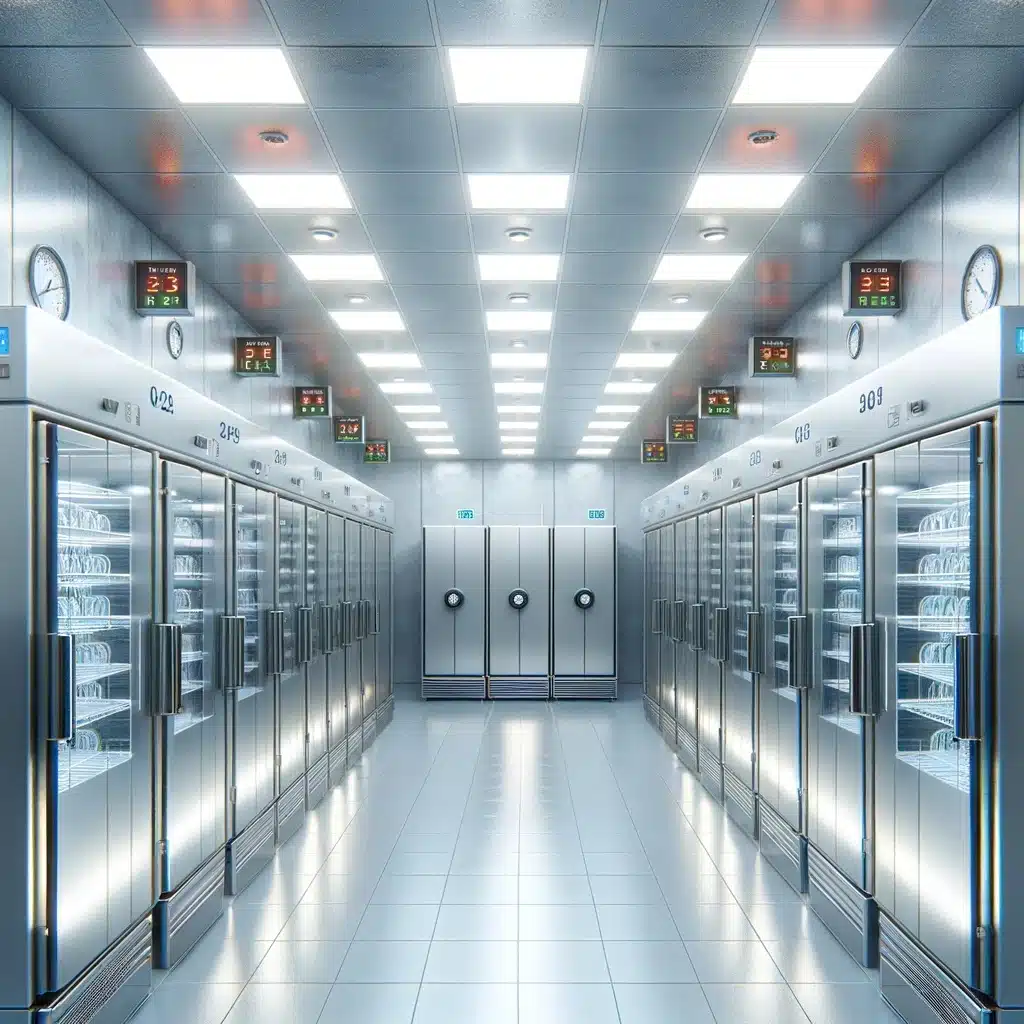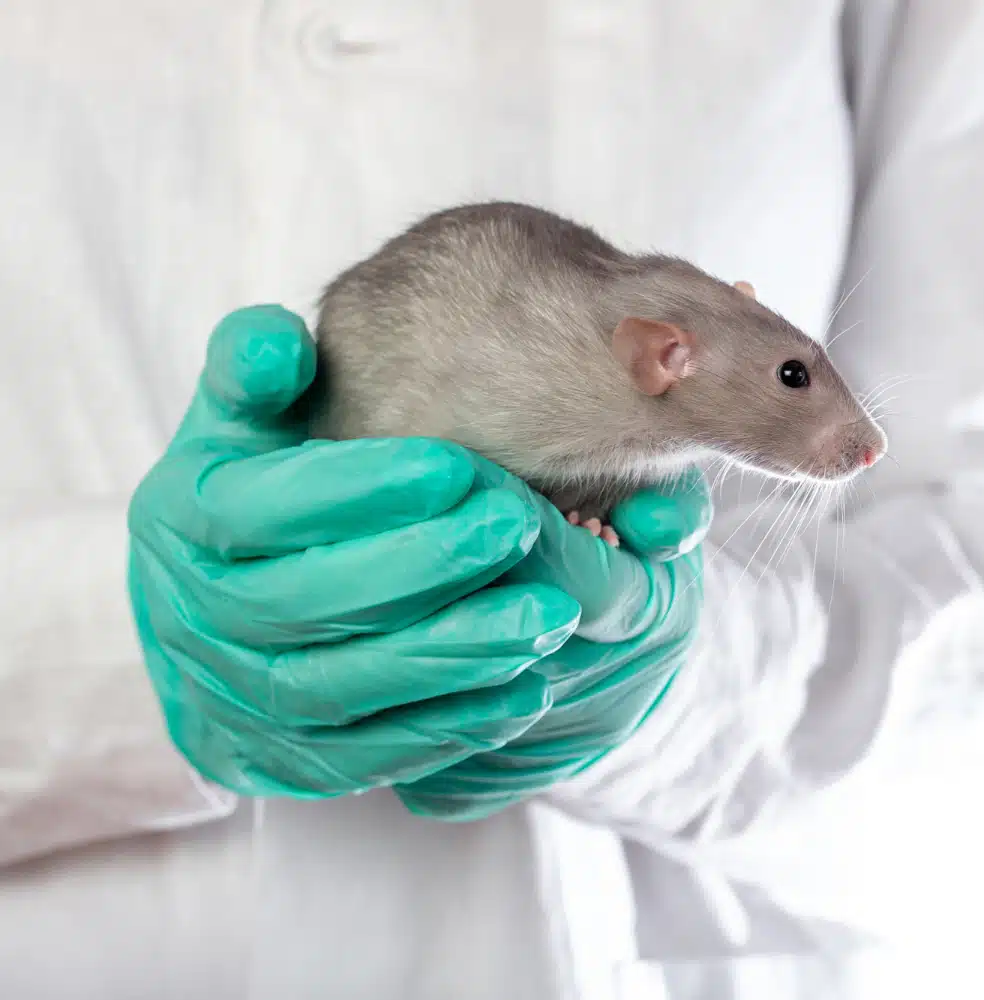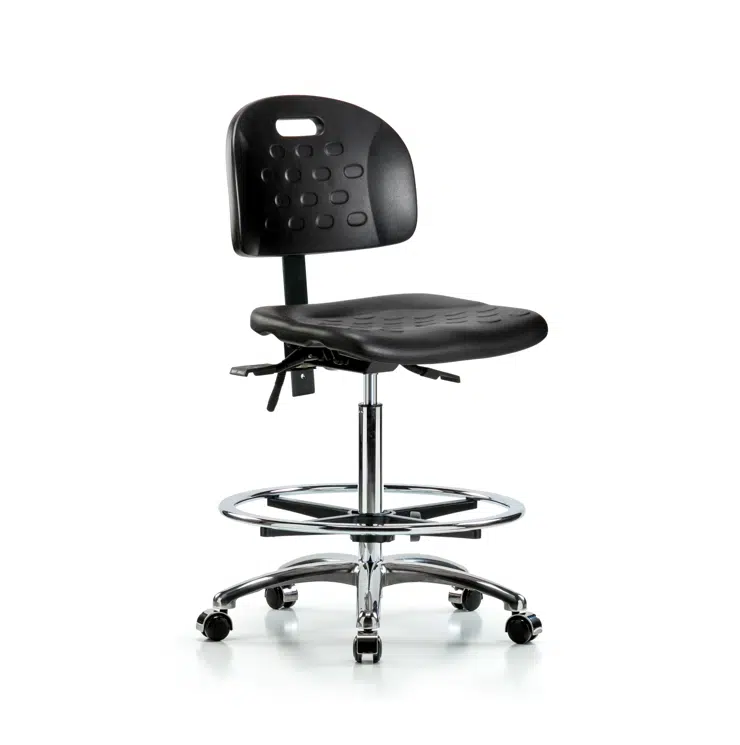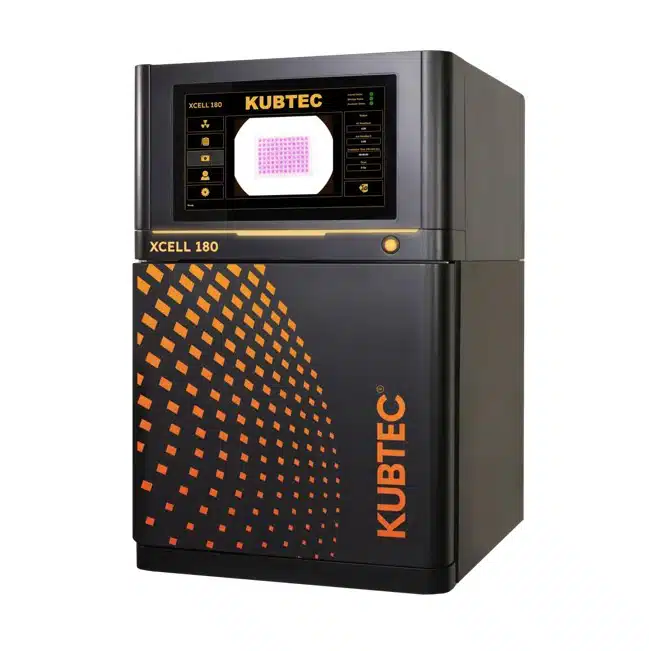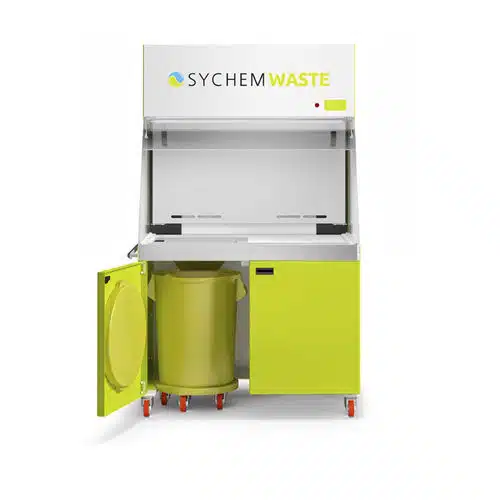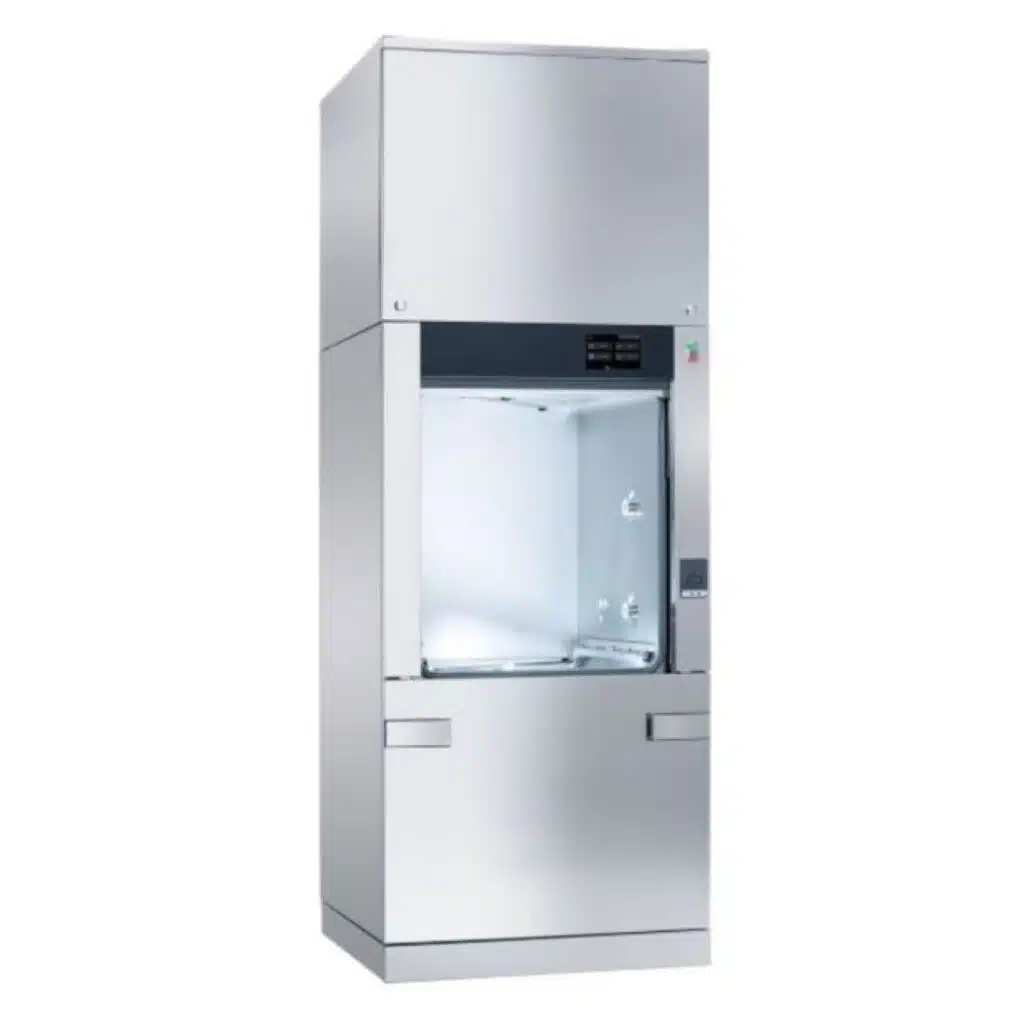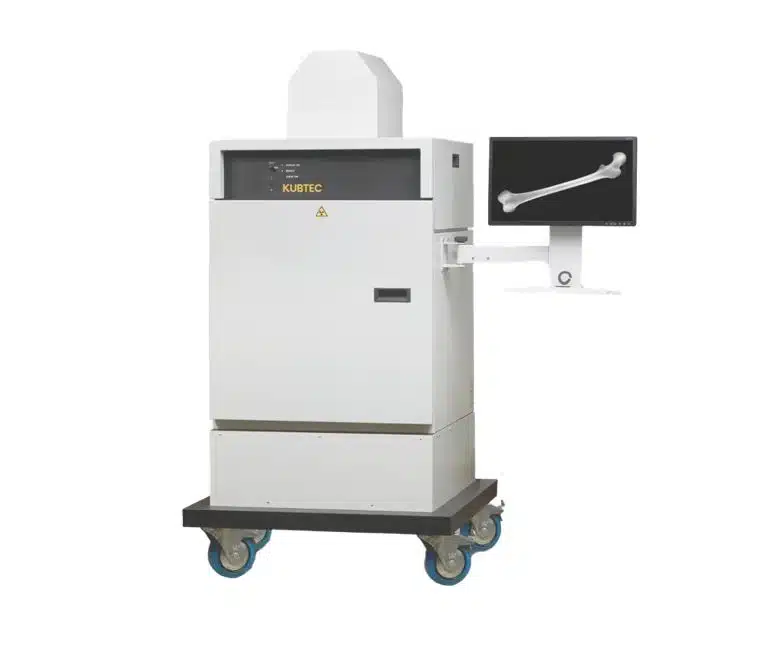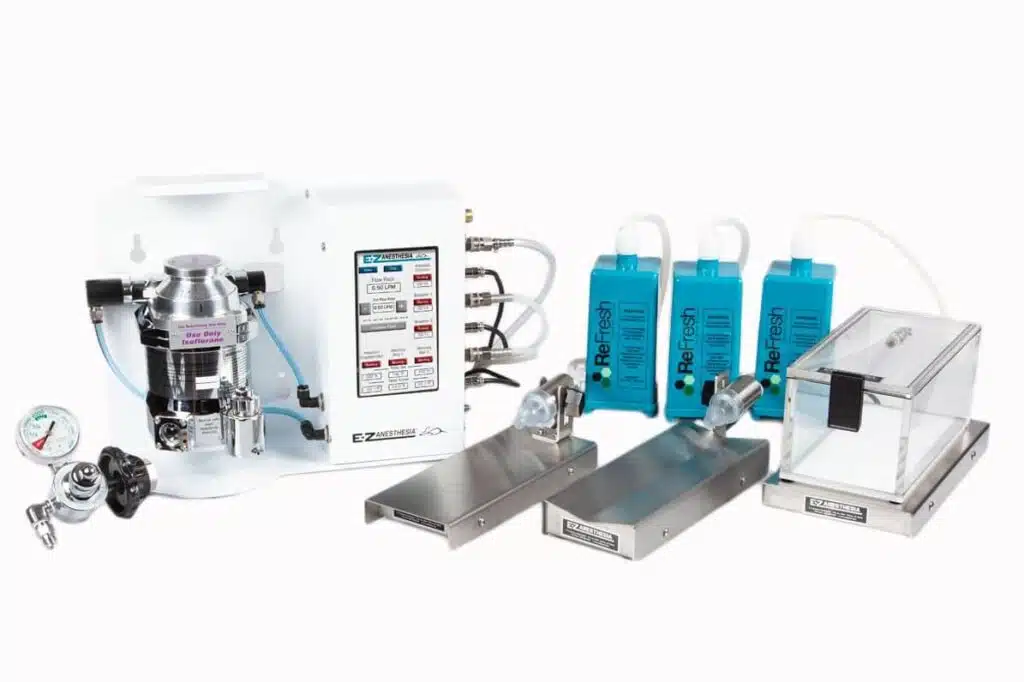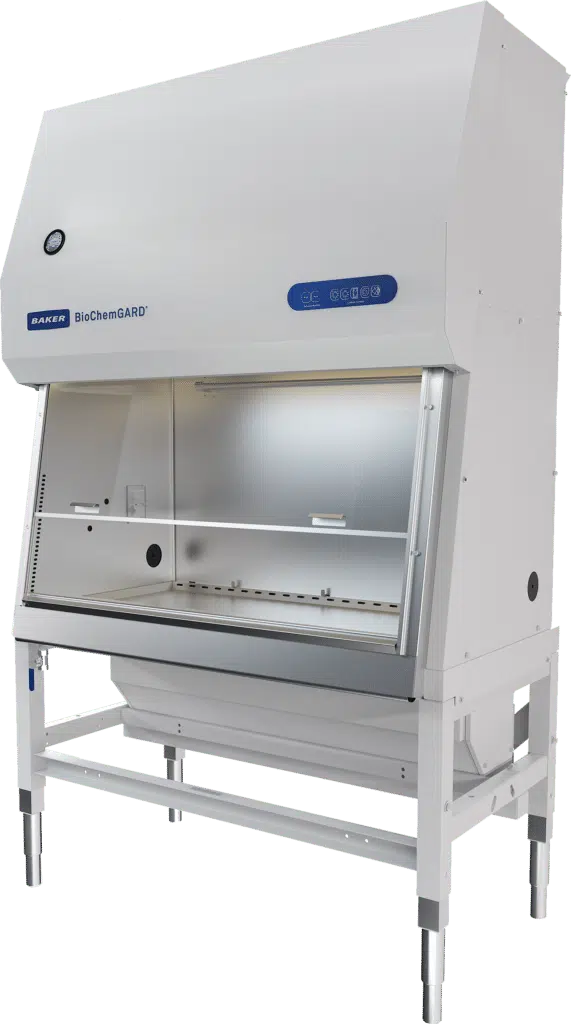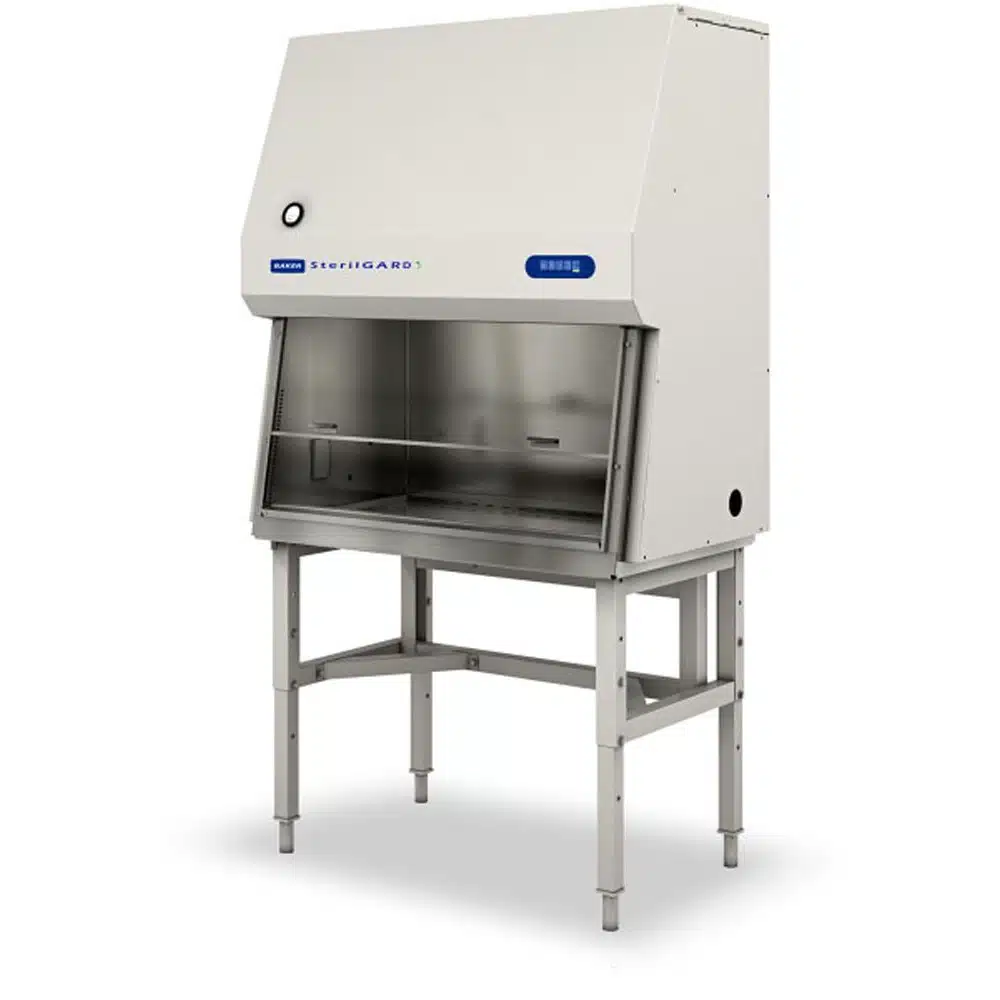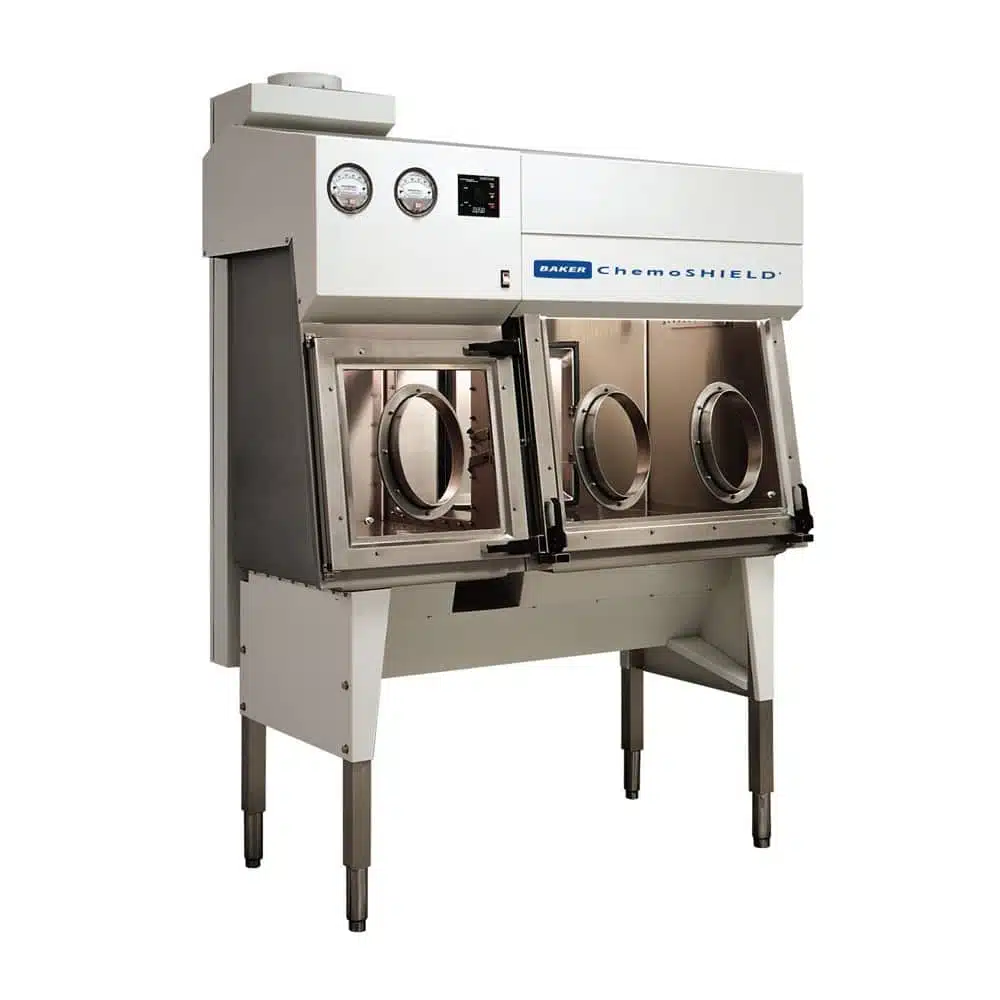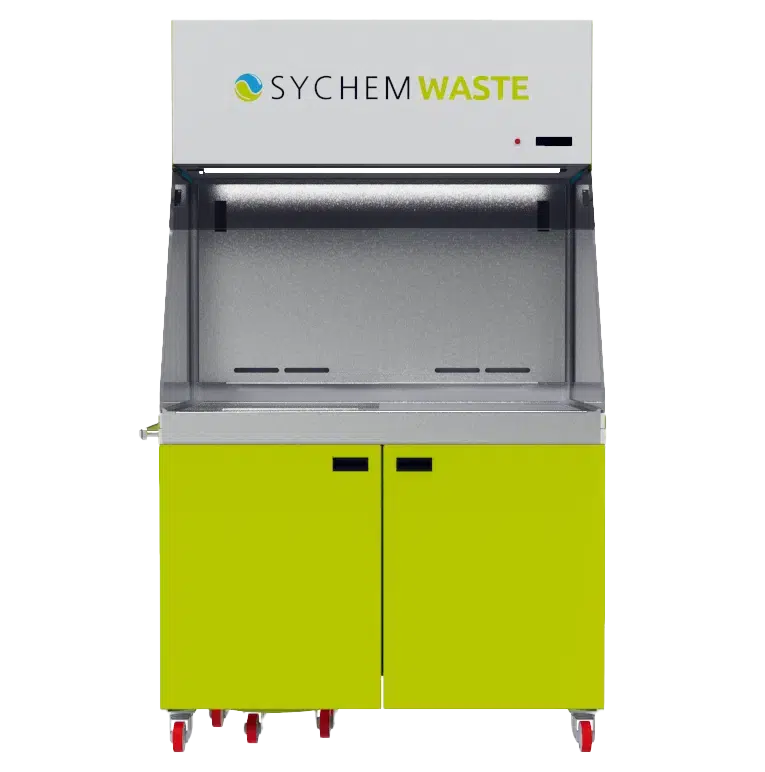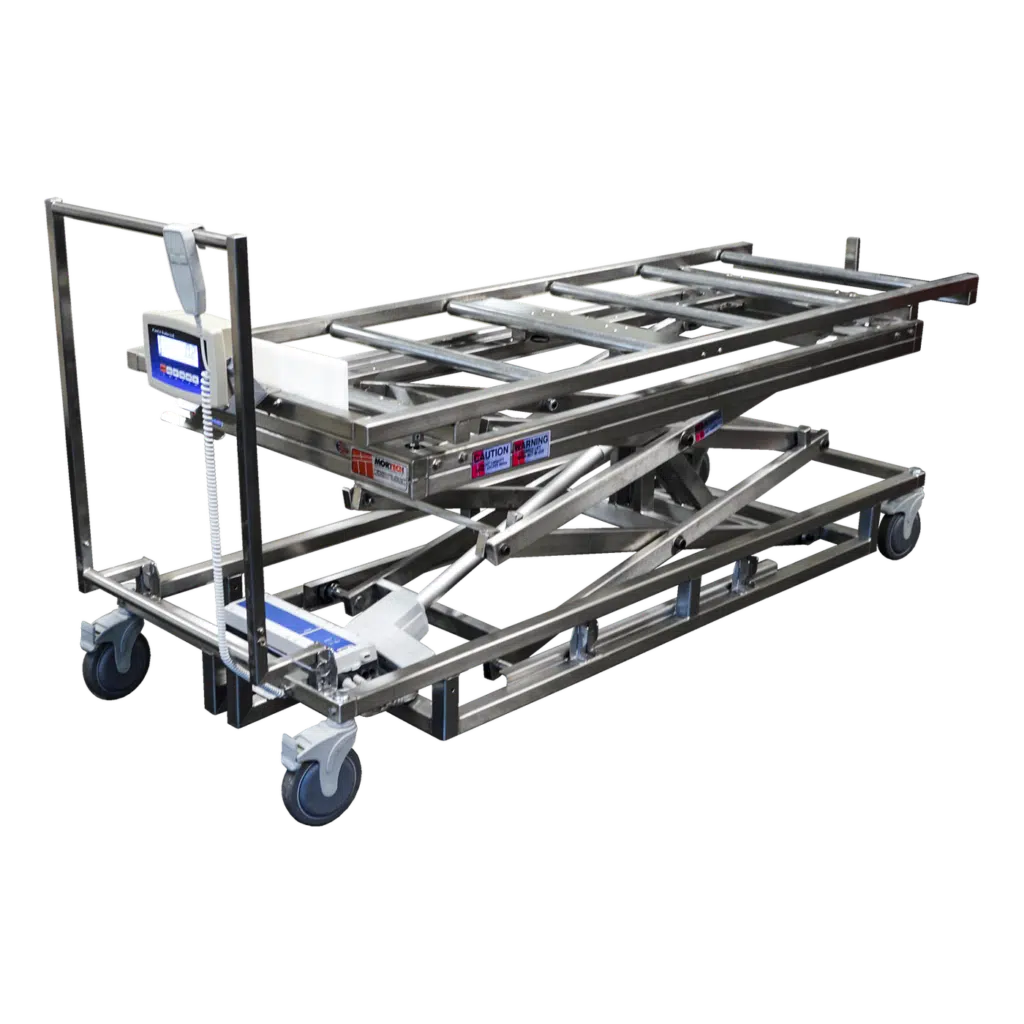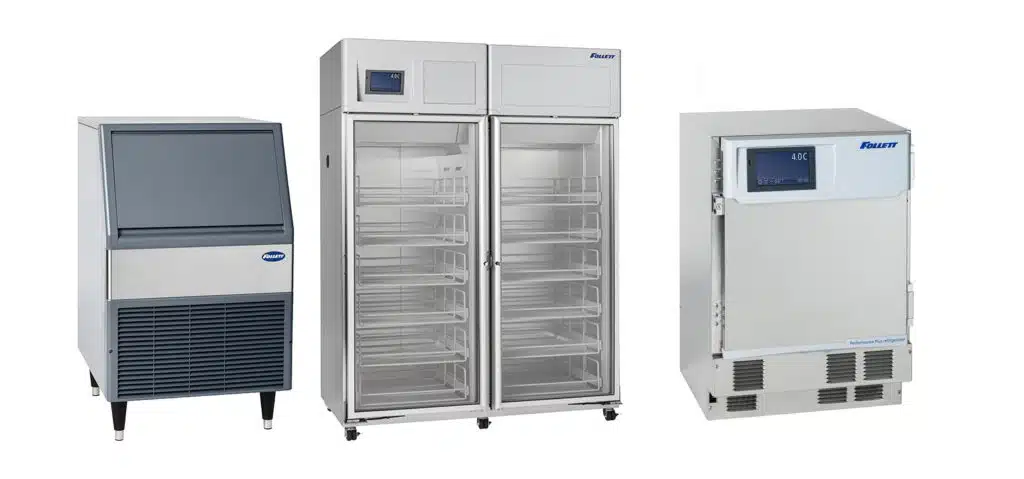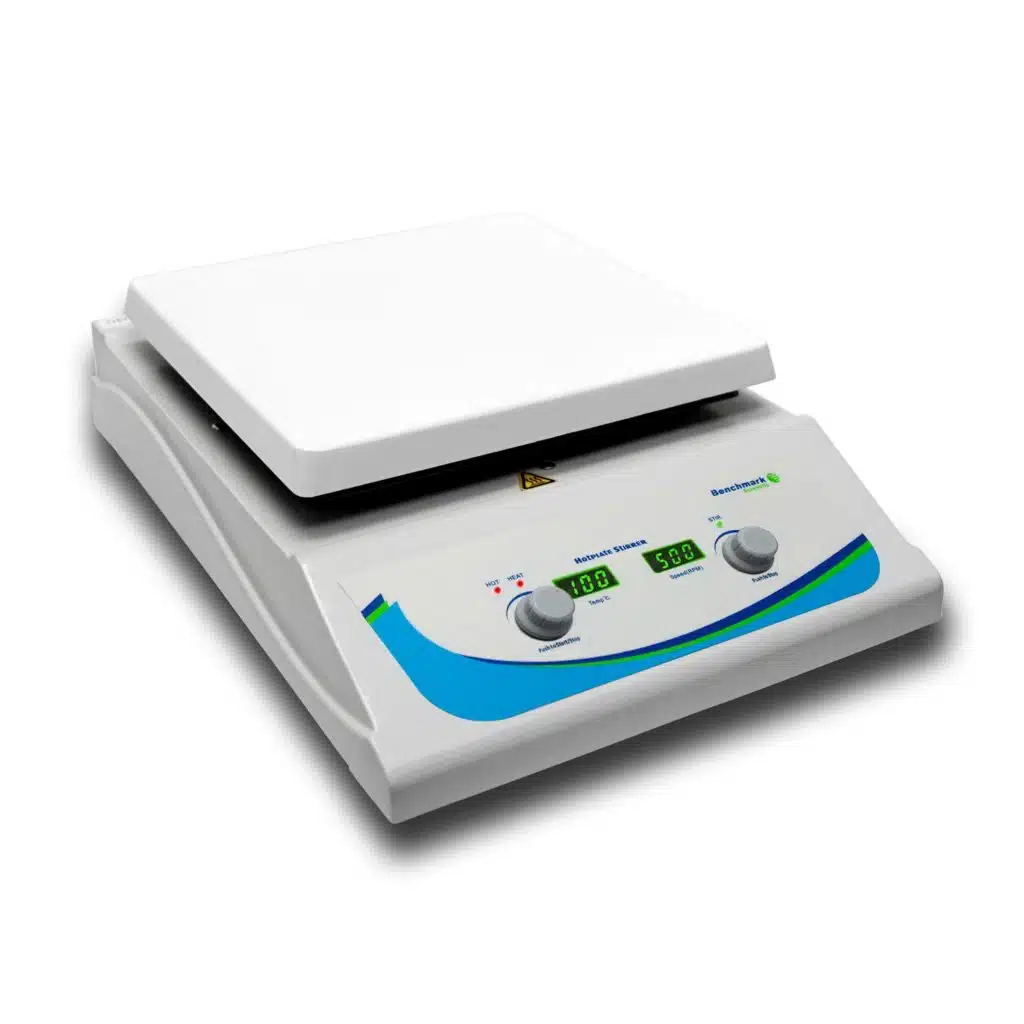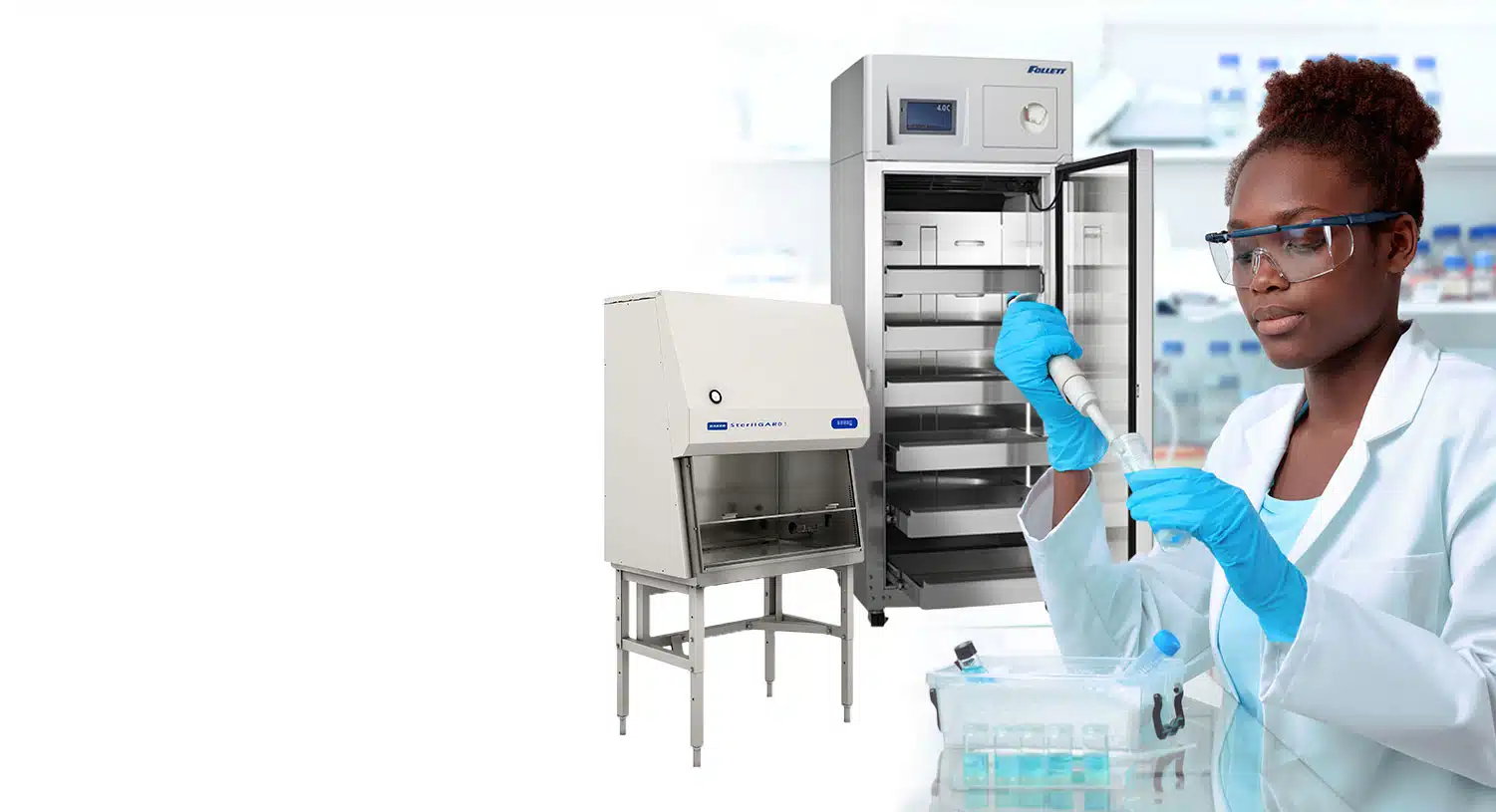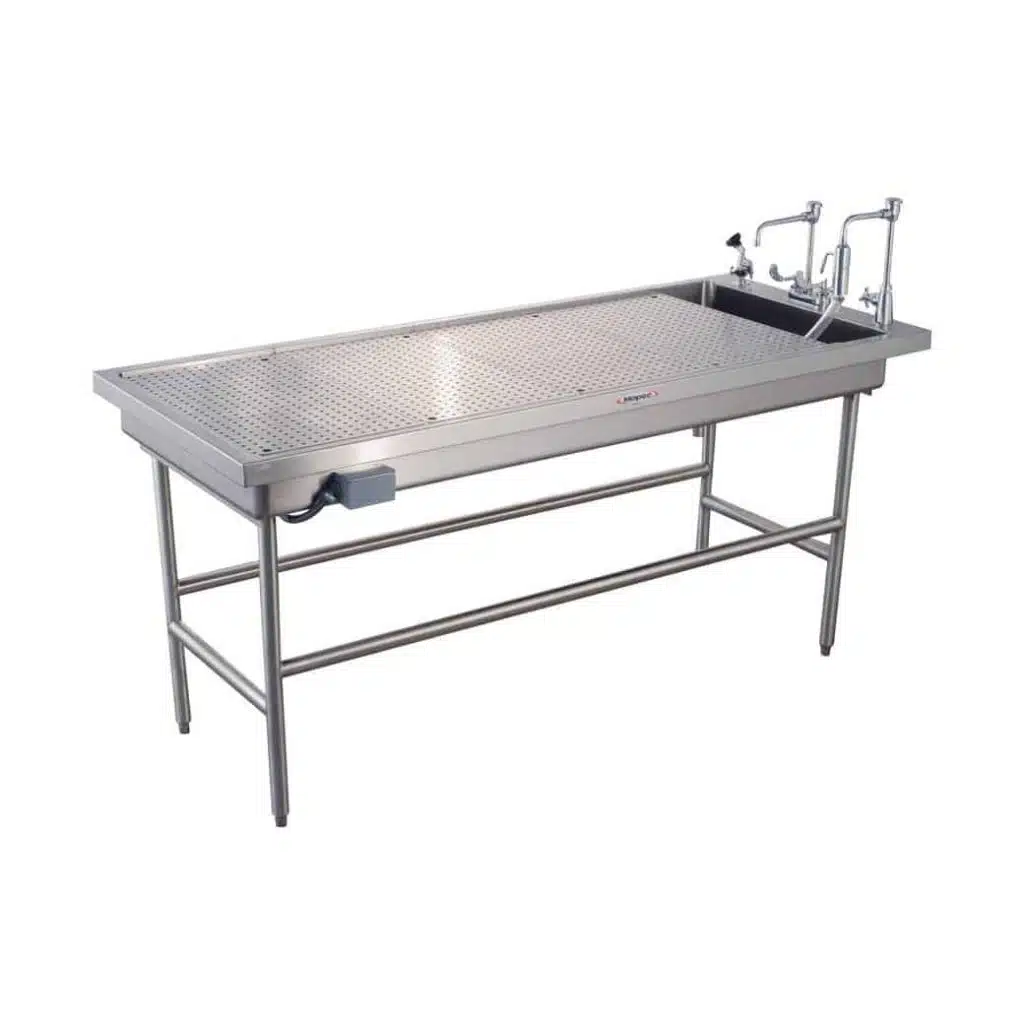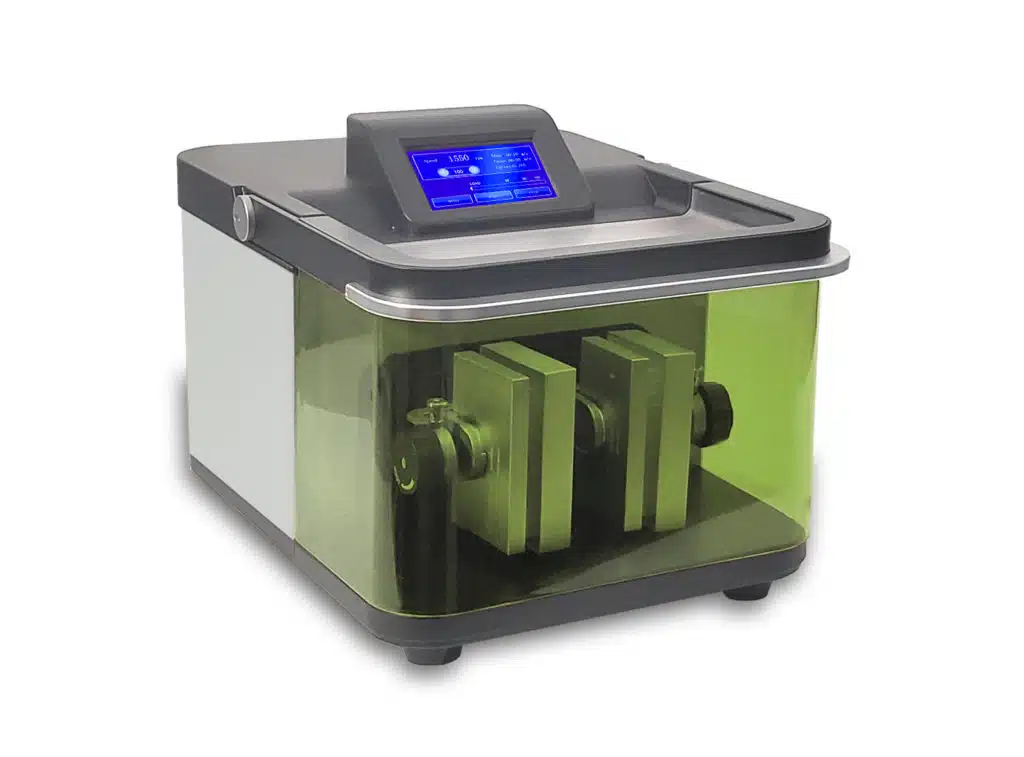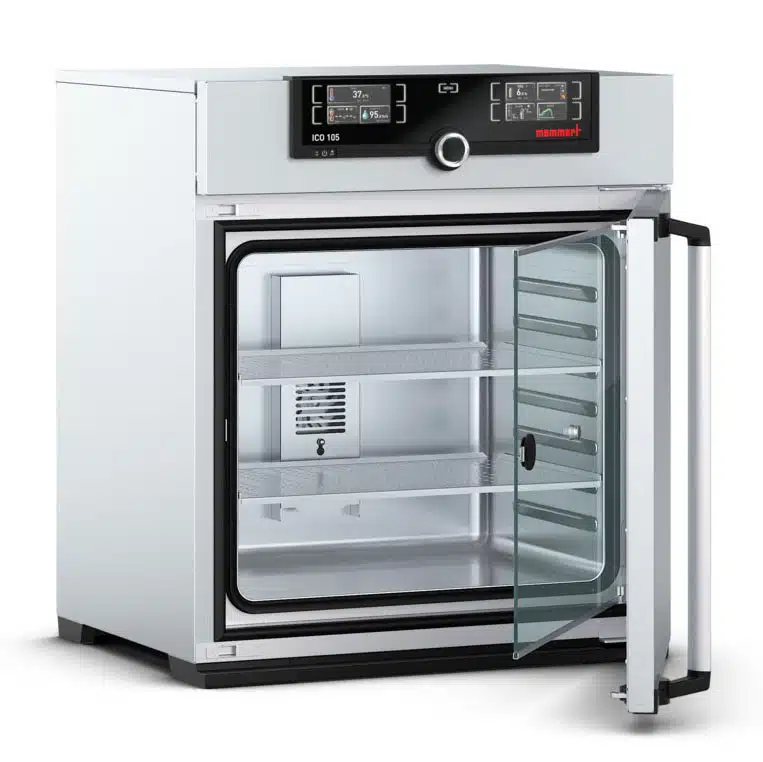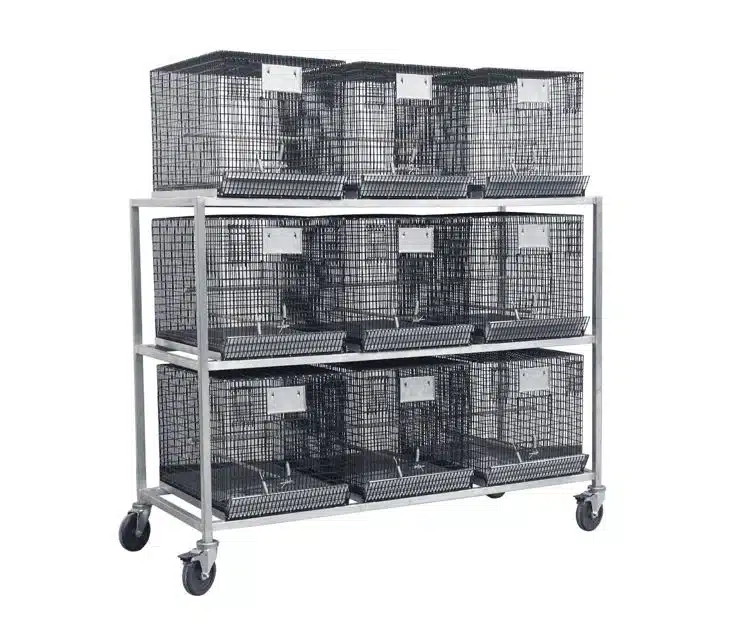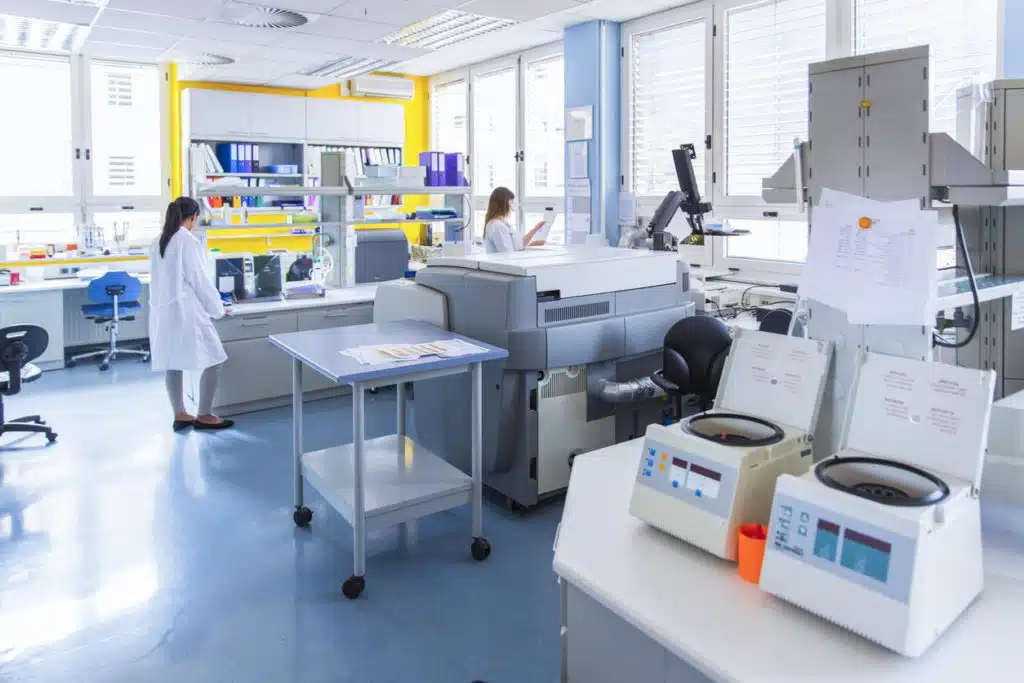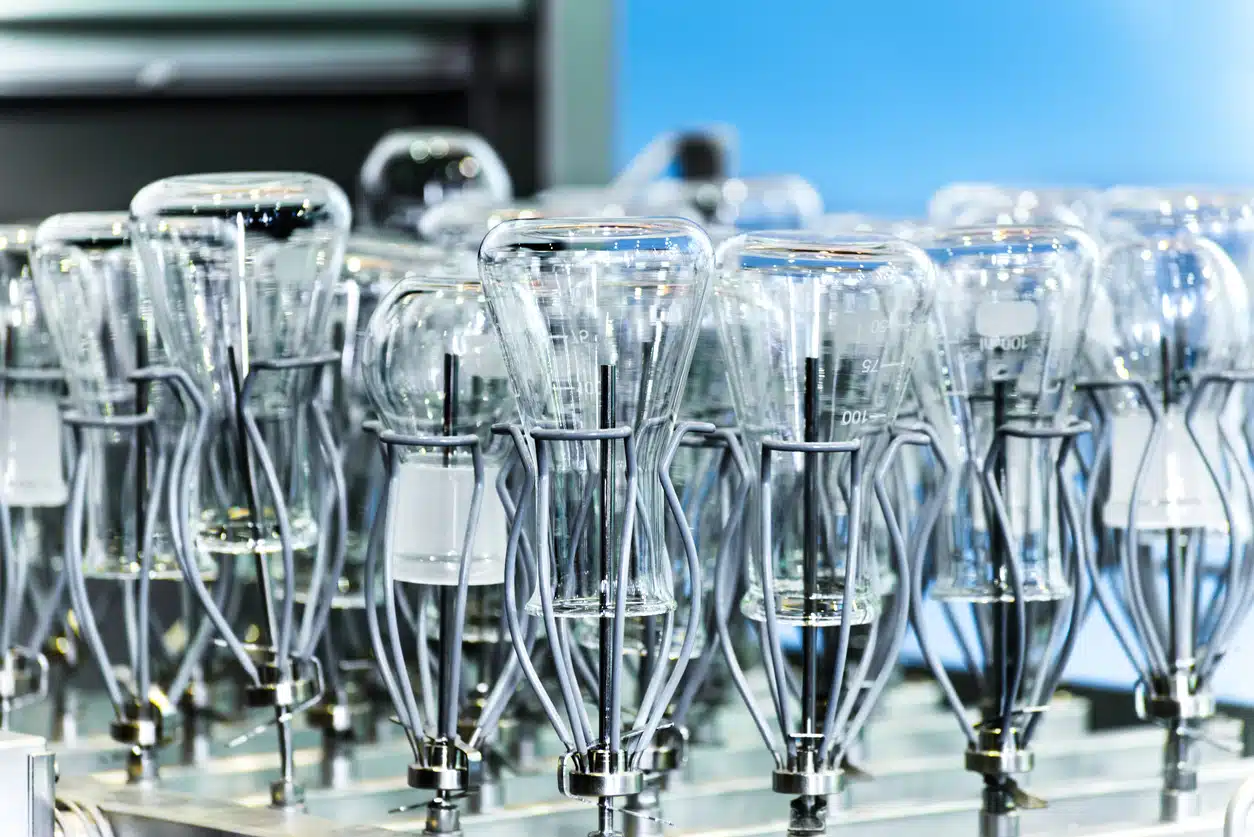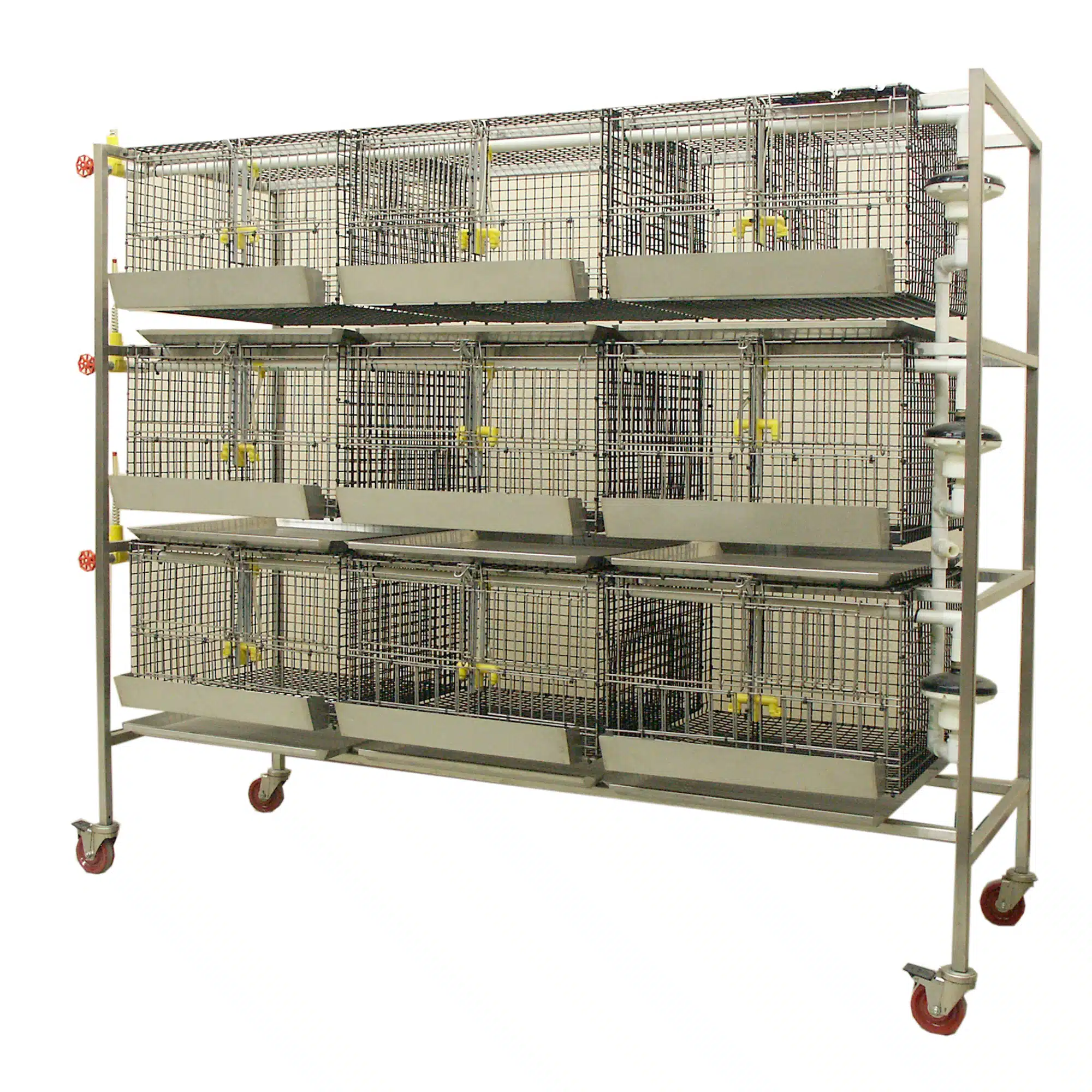Jump to Specific Sections
- The difference between Class I, Class II and Class III Biological Safety Cabinets.
- What are the different types of Biological Safety Cabinets?
- What type of work are you doing and what type of biological safety cabinet best meets your needs?
- Is the BSC NSF 49 listed?
- What is the interior construction of the cabinet?
- What window height should I order?
- What type of motor does the cabinet have?
- What is the ideal ergonomic working height?
- What size Biological Safety Cabinets do I choose?
- Do I purchase a UV light?
- What types of gas services do I need?
- How does the cabinet design manage airflow at the front access opening?
- Does the Biosafety Cabinet Need Connecting to Facility HVAC Systems?
- What type of controls and alarms are available?
- What is the warranty and local support?
- Does the unit come with cable ports?
- Is the unit energy efficient?
Although you might have heard the colloquialisms “Cell Culture Hoods”, “Tissue Culture Hoods”, “Bio Hoods”, “Bio Cabinets”, “Chemo Hoods”, “Compounding Hoods”, “Hazardous Compounding Hoods” or even just “Hoods”, today we are going to talk specifically about what these terms often refer to which are Class II Biological Safety Cabinets (BSC).
Biological safety cabinets (BSC) are clean air and containment devices that provide filtered air to protect product, personnel and their surrounding environment from exposure to contaminated air or pathogens. The different types of biosafety cabinets are classified as either Class I, Class II, or Class III; each offering varying levels of protection, defined by the biosafety levels they can achieve. All three rely on exhaust HEPA filtration to scrub air and ensure personnel and environmental protection, plus controlled and HEPA filtered supply air to provide a clean workarea for applications such as tissue culture in order to prevent cell contamination. But there are significant differences between and within the different classes which users should be aware of. Class II cabinets, for instance, are further sub-divided into four types: Type A1, Type A2, Type B1, and Type B2.
Originally published late 2020, this article has been updated with new information to serve as your guide to Class II BSCs, focussing on the various practicalities you should consider during the buying process.
The Difference between Class I, Class II and Class III Biological Safety Cabinets
There are three classes of biological safety cabinets (I, II, and III) with Class I offering the least protection and Class III offering the most. Class II Biological Safety Cabinets are the most commonly used in most research and clinical applications. There are quite a few manufacturers, types, models, configurations, and features to consider that can make the decision-making process intricate. But before we get into that, let’s look at the different types of Biological Safety Cabinets.
What are the Different types of Class II Biological Safety Cabinets?
There are several types of Class II Biological Safety Cabinets.
Class II A2 Biological Safety Cabinets
The most common is the Class II A2 Biological Safety Cabinet. This is the only Class II Biological Safety Cabinet that is capable of venting back to the room but can also be connected via a thimble (or canopy) connection to the building’s HVAC system depending on whether it is required for the application.
Class II A2 Biological Safety Cabinets are approximately 70% recirculating and 30% exhaust. It is the most energy-efficient Class II BSC and the engineering controls required to operate it are generally less complicated than other BSC’s.
Class II B2 Biological Safety Cabinets
Class II B2 Biological Safety Cabinets MUST be hard connected to the building exhaust and are 100% exhaust throughout the cabinet. They are typically used in applications where larger quantities of volatile chemicals are generated than would typically be acceptable in a Class II A2 cabinet.
The engineering controls can be complicated as these units typically require a large amount of CFM and static pressure to be supplied by the building exhaust system resulting in either a dedicated building exhaust fan or dedicated constant volume control box.
Class II B1 Biological Safety Cabinets
Class II B1 Biological Safety Cabinets are less common but often selected in situations where a user requires 100% exhaust but does not have the building exhaust specifications required to operate a Class II B2 cabinet.
This unit MUST be hard connected to the building exhaust. Class II B1 cabinets recirculate air within a portion of the cabinet and have a portion of the cabinet that is 100% exhaust. Utilizing the 100% portion of the cabinet sometimes poses ergonomic challenges for the user.
Things to consider when purchasing a Class II Biological Safety Cabinet
Now that we know the differences between the different types of Class II Biological Safety Cabinets, let’s look at the different things you should consider when buying one.
What type of work are you doing and what type of biological safety cabinet best meets your needs?
When selecting a Class II Biological Safety Cabinet, a risk assessment should be performed in conjunction with your Environmental Safety Department to determine the best BSC for your requirements.
There are a number of things to consider such as:
- What types of microbiological agents will be used in the unit?
- Are any chemicals being used? in what quantities?
- What types of protection are required (product, personnel, environment)?
Is the BSC NSF 49 listed?
NSF/ANSI 49-2019, an American National Standard, applies to Class II, or laminar flow, biosafety cabinets designed to minimize inherent hazards in work with agents assigned to biosafety levels 1, 2, 3, or 4. It outlines basic guidelines for their design, construction, and performance. Biological Safety Cabinets designed and tested under NSF/ANSI 49-2019 guidance are assured reliable operation, durability and structural stability, cleanability, limitations on noise level, illumination, vibration, and motor/blower performance.
Most accepted manufacturers of biological safety cabinets in the United States go through this rigorous independent process to ensure that their units meet or exceed the NSF49 standard and are listed, therefore it is an important consideration. In addition, BSC’s are continually certified to this standard by independent companies so this helps ensure that they will pass ongoing testing requirements.
What is the interior construction of the cabinet?
Most manufacturers construct the interior work-area of the BSC from 304 stainless steel. This is generally preferred for most applications although there are some considerations for special applications that may require 316L stainless, epoxy coated, or other materials that are more resistant to specific applications. Also, the construction method for the interior wrap varies between manufacturers. Some fabricators bend a single piece of metal to form the wrap which facilitates longevity and cleaning and some fabricate the interior from multiple pieces of metal that are welded and/or caulked together.
What window height should I order?
The opening of the Biological Safety Cabinet is the most vulnerable part of the design. This is the area where the worker places their hands in the cabinet and where the air must be carefully balanced to maintain product protection and containment.
Many manufacturers will offer the BSC with either an 8”, 10” or 12” set-point for the opening. The window or “sash” height must be selected upon ordering so that the cabinet can be balanced at that opening from the factory. Although the sash can usually be closed lower or opened further than the setpoint for loading, unloading, or deep cleaning, in most designs the cabinet will have both an audible and visual alarm when the sash is moved either above or below the set position as the airflow at the opening is then compromised.
Things to consider would be the size of items being moved in and out of the unit during working operation and user ergonomics.
What type of motor does the cabinet have?
There are various types of motors being used by manufacturers on the market today. Some manufacturers use DC motors which are generally more energy-efficient than AC motors and less expensive but often do not provide the power necessary to overcome the loading of the filters on the cabinet as time goes on, ultimately resulting in more frequent HEPA filter changes.
Other manufacturers prefer AC VFD motors which tend to be more expensive but can be more robust over time and cut down on the amount of HEPA filter changes required. These designs often sense filter loading and make adjustments to the motor speed to overcome the resistance of the filter and increase its longevity.
Find the right biosafety cabinet for your lab.
Download our handy decision tree guide to find the right type of biosafety cabinet for your lab.
What is the ideal ergonomic working height?
Biological safety cabinets are often ordered with their own stands, but some are placed on existing counters. There are a multitude of options available, with various stands available from different biological safety cabinet manufacturers.
Most stands offer multiple height settings but are semi-permanent once the unit is set up, meaning that after the initial installation they are not adjusted. Some manufacturers offer motorized hydraulic lifts for an added cost that will allow the user to adjust the height at the touch of a button.
Due to the long hours that users spend working in a biological safety cabinet, the stand selection and corresponding working height that the cabinet is set at are important considerations for cost, ergonomics, and productivity.
What size biological safety cabinets do I choose?
Biological safety cabinets tend to come in 3’, 4’, 5’ and 6’ sizes – though this is type-dependent. Apart from the important consideration of finding something that fits in your available space, there are other deliberations such as:
- How many people will be working inside the biological safety cabinet?
- Are there pieces of equipment that need to fit in the biological safety cabinet?
- Will elevators, loading dock, hallways, and door sizes accommodate transport of the unit to the final location?
It is not recommended to have a lot of items inside of the BSC while working as they may cover air intakes and cause turbulence. Careful considerations should be made when selecting the size to maximize productivity and minimize poor use of the space within the cabinet.
Another important note is that while a manufacturer might call it a 4’ BSC, they are generally referring to the interior working width, so the external width may be slightly larger so measure carefully.
Do I purchase a UV light?
While UV lights can be an effective method for disinfecting the work area inside of a biological safety cabinet, many institutions have moved away from using them in recent years. Some have even implemented policies where they are not allowed in biological safety cabinets.
Exposure is not the main concern, as most manufacturers have robust safety controls integrated into their designs. The problem is that it can be difficult to determine if a UV bulb is functioning within germicidal wavelengths, even though the bulb may appear to be operating normally. This may offer users a false sense of security that their biological safety cabinets are being properly disinfected.
Therefore many environmental health and safety departments recommend regular cleaning and proper aseptic technique in lieu of relying on UV bulbs.
If you do select a BSC equipped with a UV germicidal lamp, you must be sure to change the bulbs on a regular schedule. Some units also have integrated UV timers to reduce unnecessary overuse of the bulb. As far as cleaning goes, it is important to consult your environmental health and safety department as to the recommended cleaning agents and SOPs. You should note that cleaning stainless steel with bleach or any chemical with chlorides may permanently damage the steel.
What types of gas services do I need?
It is important to consider ordering the appropriate gas fittings with the unit as they can be difficult and costly to add in the field at a later date. Examples of gas fittings that might be found in a biological safety cabinet would be vacuum, natural gas and CO2.
Natural gas is typically not recommended for use in biological safety cabinets as the motors are not isolated from the airflow path and, especially in recirculating cabinets, a buildup of gas and a spark could be extremely dangerous. In some isolated cases where natural gas is still allowed, you may want to consult local code to see if black iron piping or other requirements must be met.
While most BSC’s come standard with at least one vacuum line for aspirating, there may be cases where you want additional services. Examples of this would be situations where two people are working simultaneously in a 6’ BSC and vacuum is needed on both the right and left side or where there are multiple people in the lab that are left or right-handed.
How does the cabinet design manage airflow at the front access opening?
As mentioned previously, the front opening of the cabinet is the most vulnerable and difficult portion of the biological safety cabinet to control. While most BSCs are factory and NSF tested under ideal conditions, in real-life scenarios there are variables in facilities that cause turbulence and impact BSC performance, such as room air supplies, door openings, movement of personnel around the room, placement of items within the cabinet and improper technique during use.
All of these can cause a breach in the airflow at the front access opening and result in product contamination or danger to personnel where hazardous work is being done. Therefore it is extremely important to consider the biological safety cabinet design and how the manufacturer manages the front access opening.
Some manufacturers use a single sidewall construction while others use a double-wall, slot, or channel construction that allows air to be pulled into a negative pressure plenum on the sides of the access opening. This helps minimize turbulence and better control airflow at this most vulnerable point of the cabinet. This typically adds cost to the cabinet construction.
In addition, manufacturers have different ways that they control the downflow air on the interior of the cabinet and particularly directly behind the sash to create the “air curtain” at the opening. Make sure to take careful note of these design parameters to ensure that the BSC will perform at the highest level within your facility.
Does the Biosafety Cabinet Need Connecting to Facility HVAC Systems?
Biosafety cabinets, regardless of class and type, use unidirectional inward airflow within the workstation to draw contaminants/harmful agents up into an exhaust duct. HEPA-filtered exhaust air may be emitted into the room, or through canopy or hard-connections to the facility’s exhaust system. Whether your biosafety cabinet needs to be integrated to existing HVAC structures largely depends on the required biosafety level, and thus the type of cabinet used. Class II, Type A1 and A2 cabinets can be vented into either the room, or into an HVAC duct using a canopy connection. Naturally, there are limitations on the level of protection these systems can provide for personnel and the working environment when exhausted into the room. Type B1 and B2 biosafety cabinets must be hard-connected. Although this leads to installation costs and additional infrastructural considerations, it also provides much greater levels of exposure protection. As HEPA filters do not contain vapors, it is important to consider whether volatile chemicals will be used in the biological safety cabinet and the potential quantities as this may dictate both the type of BSC that is selected and whether it is connected to the exhaust. If you do not know the type of BSC that your application requires you should ask your environmental health and safety office to help perform a risk assessment.
What type of controls and alarms are available?
Compared to many other pieces of laboratory equipment the controls on a biological safety cabinet are relatively simple. The standard parameters are simple features that turn the motor on and off, turn receptacles on and off, and control the cabinet lighting or UV lighting.
In recent years, some models offer more extensive digital displays and control packages that add additional features such as filter life tracking and airflow monitoring. Some units can also be configured with optional remote monitoring packages or control packages that transmit signals to building monitoring systems or communicate with other devices such as CAV or VAV control boxes.
Finally, for certain applications, many biological safety cabinets can be equipped with external devices such as particle counters for monitoring very specific parameters that are required for applications such as cGMP.
Biological safety cabinets are equipped with some audible and visual alarms. The first mandatory alarm is a sash sensor alarm. If the window sash is in factory setpoint opening or fully closed the unit will not alarm. However, once it is moved out of that position, the alarm will notify the user that the unit is not operating within the design parameters. If the unit is connected to the exhaust, it must have an alarm to notify the user when the exhaust parameters drop below the required setpoint. Depending on the type of control package, some systems also have alarms that notify users on filter life and other parameters.
What is the warranty and local support?
Biological safety cabinets are intended to be low-maintenance, reliable pieces of equipment. However, as with any mechanical piece of equipment, there are parts that can fail and need to be replaced in a timely fashion to minimize downtime. Make sure to ask what the warranty covers, for how long, what the availability of parts is and who the local service companies are. In most areas, the company that certifies your biological safety cabinet may also be factory authorized to do repairs.
Does the unit come with cable ports?
Some biological safety cabinets are available with ports in the sidewalls for passing cables, aspirating hoses, plugs, etc through an opening that doesn’t conflict with the front opening of the cabinet. Prior to the advent of cable ports in BSC’s, users would often hang hoses out of the front opening which offered a pathway for contamination and impacted ergonomics.
When ordering a unit with a port it is important to note if the port is surrounded by negative pressure airflow so that contaminants cannot travel through the port into or out of the cabinet. Also, you should inquire as to whether the feature is included on their NSF listing ensuring that the proper testing has been performed with the port included.
Is the unit energy efficient?
Most BSC manufacturers recommend leaving the motor on the cabinet running 24/7 which has the potential to use a lot of energy. In recent years, biological safety cabinet manufacturers have implemented energy-efficient motor designs, LED lighting, and low-flow modes that consume less energy when the unit is not being used. More energy-efficient designs can reduce electrical power by as much as 70%.
For more information on Class II biological safety cabinets, or other high-quality lab testing equipment, simply get in touch with a member of the ARES Scientific team today.


